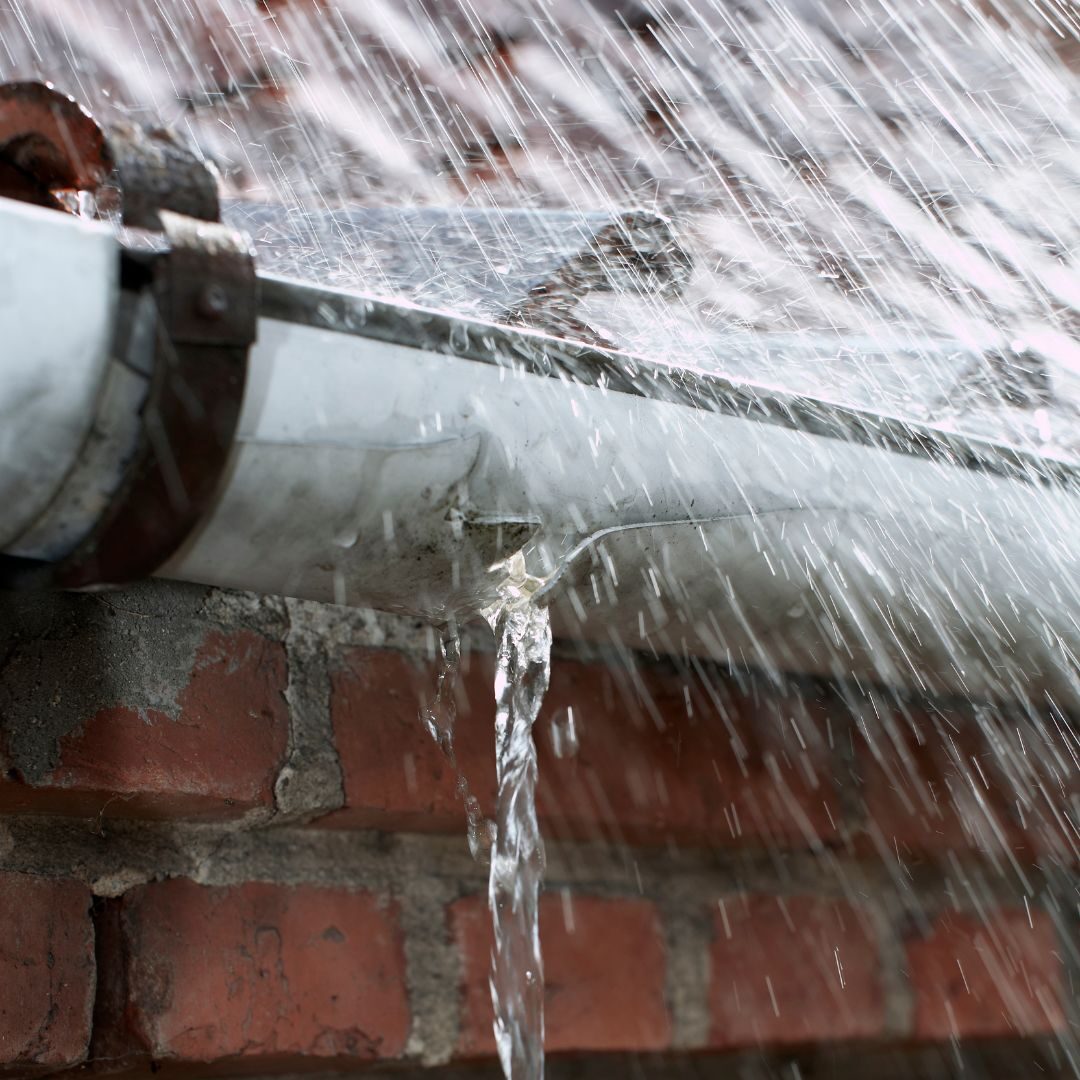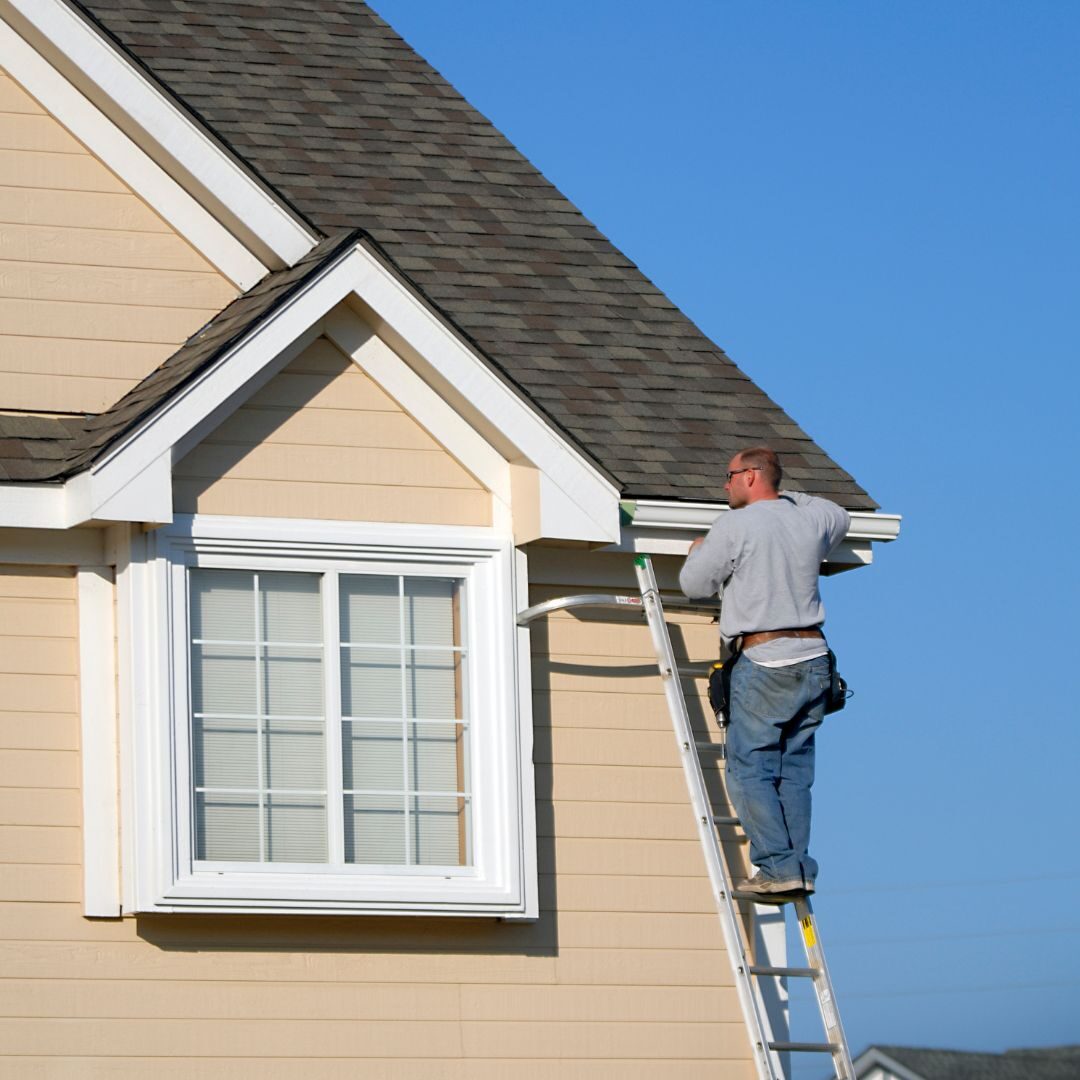
Prevent Water Damage
Repairing or replacing your gutters is essential to protect your home from water damage. Functional gutters direct rainwater away from your foundation, preventing issues like basement flooding, erosion, and structural problems. By keeping water under control, you can avoid costly repairs and maintain the integrity of your property.
Home Gutters Installation
The importance of a properly functioning gutter system cannot be overstated. It plays a vital role in safeguarding your home from water-related issues like leaks, flooding, and broken pipes. A good gutter system directs rainwater and snowmelt away from your home’s foundation, protecting the integrity of your decks, basement, and walls. Without gutters, you could face costly damage over time.
What Are Home Gutters?
Gutters are channels installed along the roofline to collect rainwater and snowmelt and direct it away from your home’s foundation. Without a functional system, water could pool around the base of your house, leading to cracks in the foundation, basement flooding, or damage to siding and landscaping. A reliable gutter system ensures that the water is diverted safely, preventing long-term damage to your property.
If you’re considering a gutter repair, replacement, or installing gutters on a new home, there are several things you need to know to make the process smooth and successful. Factors like costs, types and styles of gutters, gutter guards, and accessories all play a role in choosing the right system for your home.
Types of Gutters
While all gutters serve the same purpose—protecting your home from water damage—choosing the right type depends on factors such as durability, cost, weather resistance, and aesthetics. Here are some of the most common types of gutter materials:
-
Aluminum Gutters
Pros: Lightweight, rust-resistant, affordable, and easy to install.
Cons: Can dent easily, may not be as durable as other materials in extreme weather.
-
Vinyl Gutters
Pros: Budget-friendly, easy to install, resistant to rust and corrosion.
Cons: Less durable in extreme weather, can become brittle over time, shorter lifespan.
-
Copper Gutters
Pros: Premium, highly durable, rust-resistant, develops a beautiful patina over time, minimal maintenance.
Cons: Expensive, requires professional installation.
-
Steel Gutters
Pros: Very strong and durable, ideal for heavy rainfall and snow.
Cons: Prone to rust without proper maintenance, heavier than other materials.
-
Zinc Gutters
Pros: Extremely durable, long lifespan, aesthetically appealing.
Cons: Expensive, not ideal for coastal areas due to salt exposure.
Choosing the best type of gutter depends on your budget, climate, and home style. Do you need help determining which option is best for your home?
What Are the Different Gutter Styles?
Homeowners can choose between two primary gutter styles, depending on their roof structure and geographical location:
-
K-Style Gutters
- Most common gutter style in the U.S.
- Works best for angled roofs
- Resembles crown molding, enhancing curb appeal
- Holds more rainwater than other styles of similar width
- Best for: Homes in rainy climates
-
Half-Round Gutters
- A more traditional, decorative option
- Found on historic or classic-style homes
- Moves and drains water more efficiently than K-style
- Less capacity for large amounts of rainwater
- Best for: Areas with lighter rainfall
Why Is It Important to Know the Gutter Sizes You Need?
Choosing the right gutter size is essential to ensure effective water flow and prevent damage to your home.
Why Size Matters:
- Too Small – Water can overflow, leading to roof and siding damage.
- Too Large – Can accumulate excess debris, affecting proper drainage.
Standard Gutter Sizes:
- 5-inch Gutters – Most common for residential homes.
- 6-inch Gutters – Ideal for homes with larger roofs or areas with heavy rainfall.
- 7-inch Gutters – Recommended for commercial buildings or very large residential roofs.
Downspout Considerations:
- Properly sized downspouts prevent water buildup and overflow.
- Common sizes are 2x3 inches for standard gutters and 3x4 inches for high-capacity systems.
What Is the Cost of Gutter Installation?
The cost of installing new gutters varies based on materials, home size, and labor costs.
Average Gutter Installation Costs:
- National Average: $2,800
- Typical Price Range: $880 – $4,400
- High-End Projects (e.g., Copper Gutters): Can exceed $5,000
Factors Affecting Cost:
- Gutter Material – Aluminum and vinyl are more affordable, while copper and steel are premium options.
- Home Size – Larger homes require more materials and labor.
- Labor & Installation – Costs vary by region and contractor experience.
What Does Gutter Installation Process Involve?
The process of installing gutters includes the following steps:
-
Preparation:
- Evaluate your roofline: Assess the pitch and structure to determine the ideal material, style, and size for your gutters.
-
Measurements:
- Accurate measurements: Ensuring precise measurements is key for a custom fit and to avoid future issues with water flow.
-
Attachment:
- Securing gutters: Use durable brackets or hangers to attach the gutters to the fascia board, ensuring they are securely in place.
-
Downspouts:
- Strategic positioning: Downspouts are positioned at key points along the gutter system to direct water away from the foundation effectively.
-
Testing:
- Water flow check: After installation, ensure proper water flow by running water through the system and checking for any leaks or blockages.
-
Optional:
- Install gutter guards: These prevent debris buildup, reducing the need for frequent cleaning and improving long-term functionality.
Should I Repair or Replace Gutters?
When deciding whether to repair or replace gutters, homeowners should assess the extent of damage and the overall condition of their current system. Here are some key considerations:
Repairing Gutters:
- If the issues are minor, such as small leaks, loose brackets, or clogged sections, repairing the gutters may be a cost-effective solution.
- Regular maintenance, like cleaning out debris and checking for proper drainage, can extend the lifespan of the gutters.
Replacing Gutters:
- If the gutters are severely damaged, corroded, or sagging, it may be more practical to replace the system entirely.
- Signs that indicate replacement is needed include widespread rust, large holes, or sections pulling away from the house.
- Outdated or inefficient gutters can be replaced with a more modern, durable system to prevent water damage to the home’s foundation, siding, or landscaping.
If your gutters are showing signs of wear and tear, replacing them could help avoid costly repairs in the future.
Maintain Home Value
Properly maintained gutters contribute to the overall health and value of your home. Clogged or damaged gutters can lead to roof leaks, siding damage, and even mold growth. Replacing or repairing them ensures your home stays in top condition, preserving its curb appeal and long-term value.




